Category: Current situation
-
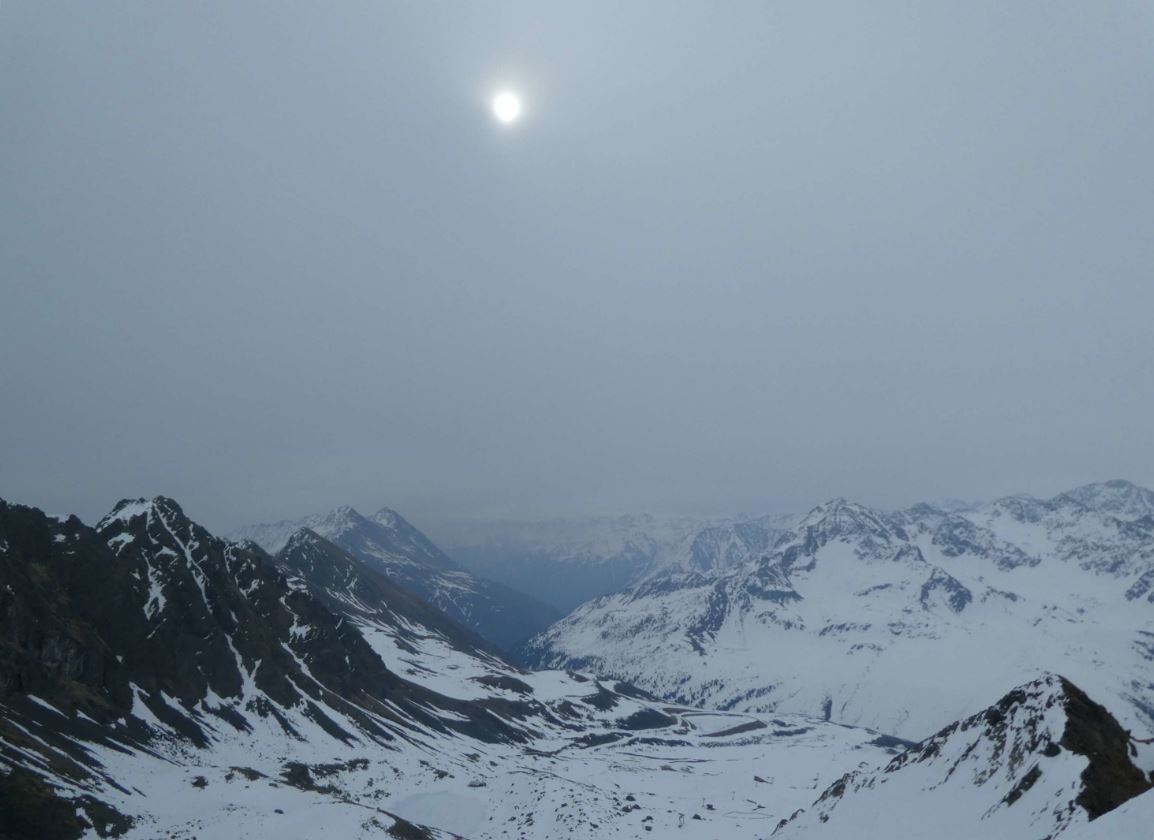
Heavy precipitation in the south, large amounts of fresh snow regionally at high altitudes
Since Wednesday evening 16.04, 40-80mm of precipitation was registered on the Main Alpine Ridge and in East Tirol. Snowfall level initially sank only slowly from 2800m, but large amounts of snow fell at high altitudes. Amid often stormy winds, widespread snowdrift accumulations were generated which at least will be easy to trigger on Friday. In…
-
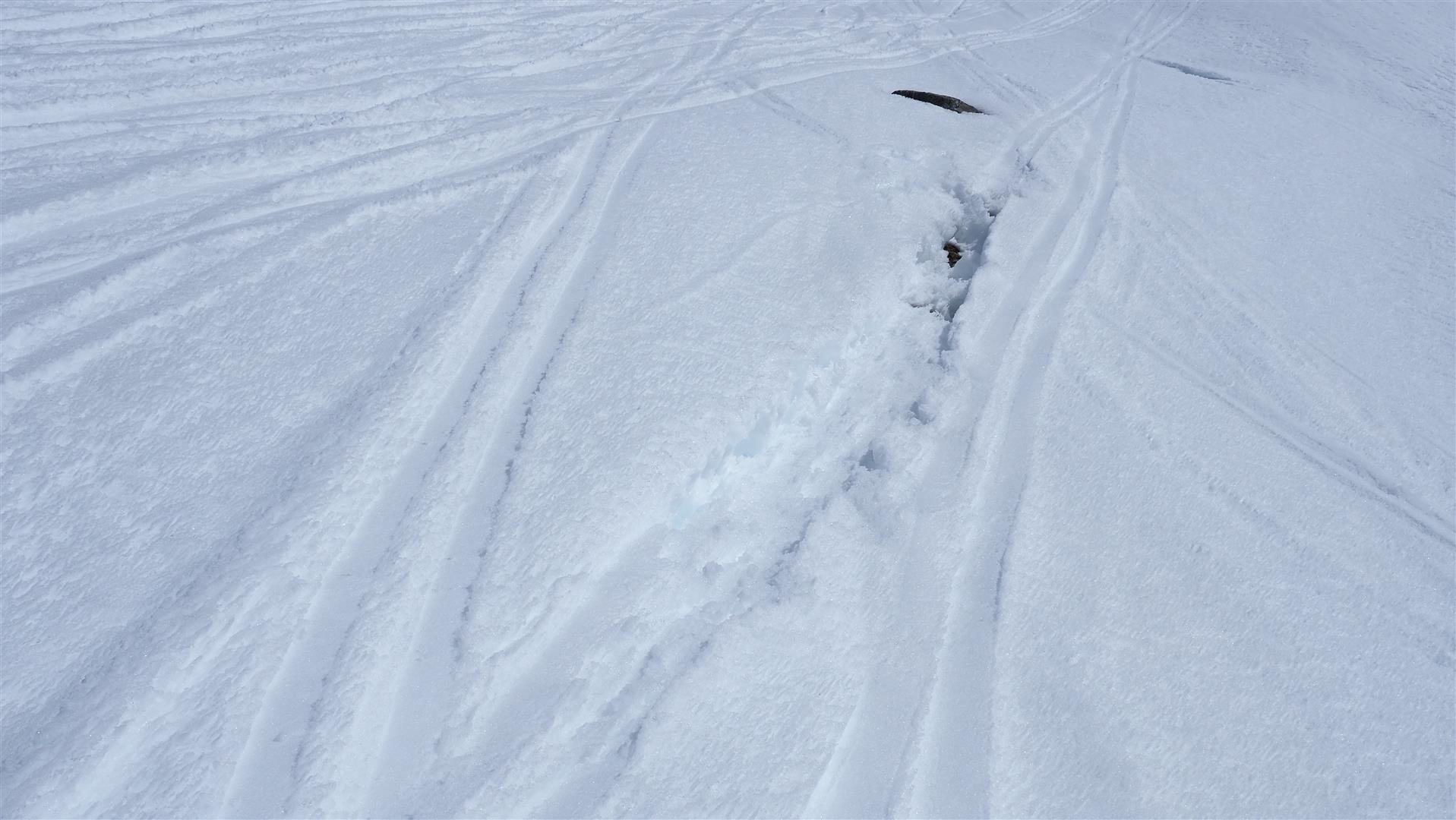
Favorable avalanche conditions give way to increased wet-snow problems
Last week avalanche dangers began to increase due to a thoroughly wet snowpack. A marked drop in temperatures and dry air masses led to a very favorable avalanche situation with low danger. Now the overall weather front is changing again: it’s getting warmer and successively wetter. Wet-snow problems are again coming to the forefront. Review…
-
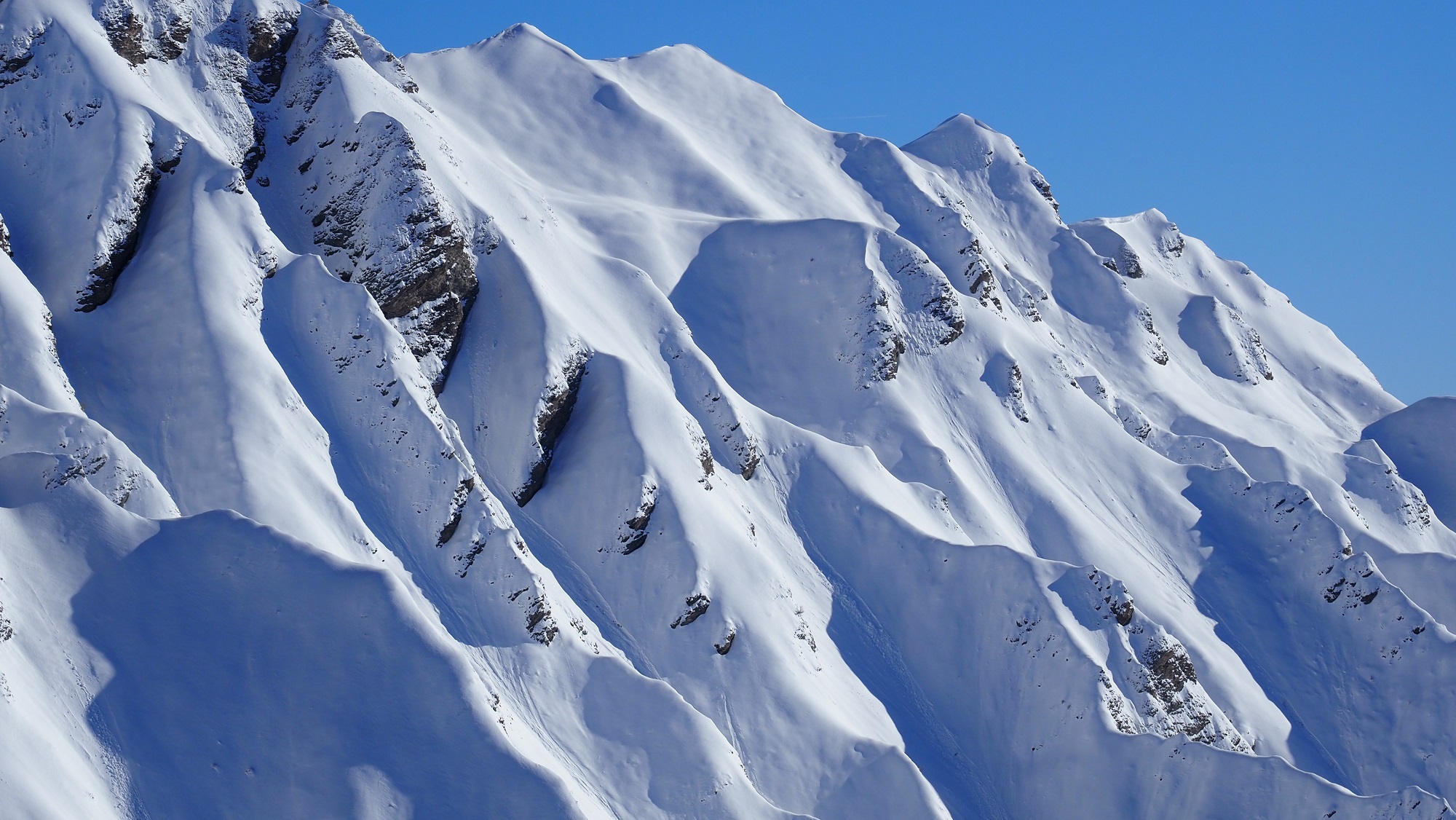
Receding danger of dry-snow avalanches – Daytime cycle of wet-snow problem
Due to mild temperatures the snowpack has settled and consolidated in the last few days. Danger zones for dry-snow slab avalanches now occur only in isolated places. Due to mild temperatures and solar radiation, danger of wet-snow avalanches fluctuates in a daytime cycle. The current high-pressure front is expected to last beyond the weekend. Isolated…
-
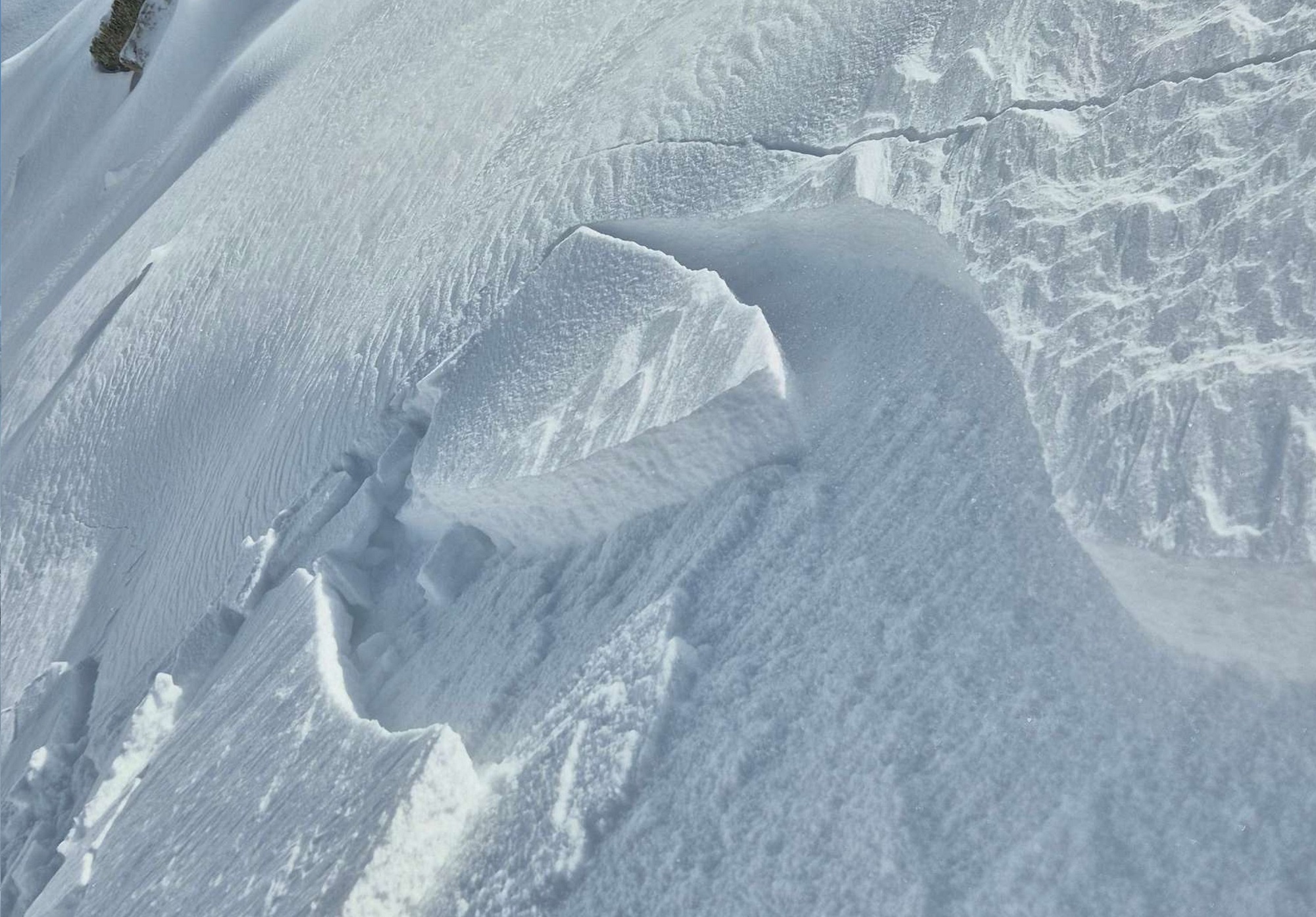
Considerable avalanche danger in far-reaching parts of Tirol
Over the last few days there has been heavy snowfall in our northern and eastern regions. Precipitation was often accompanied by storm-strength winds. High-pressure front conditions are will bring serene and sunny weather starting on Wednesday, but the avalanche situation will improve only slowly. One sole person can easily trigger slab avalanches in some places,…
-
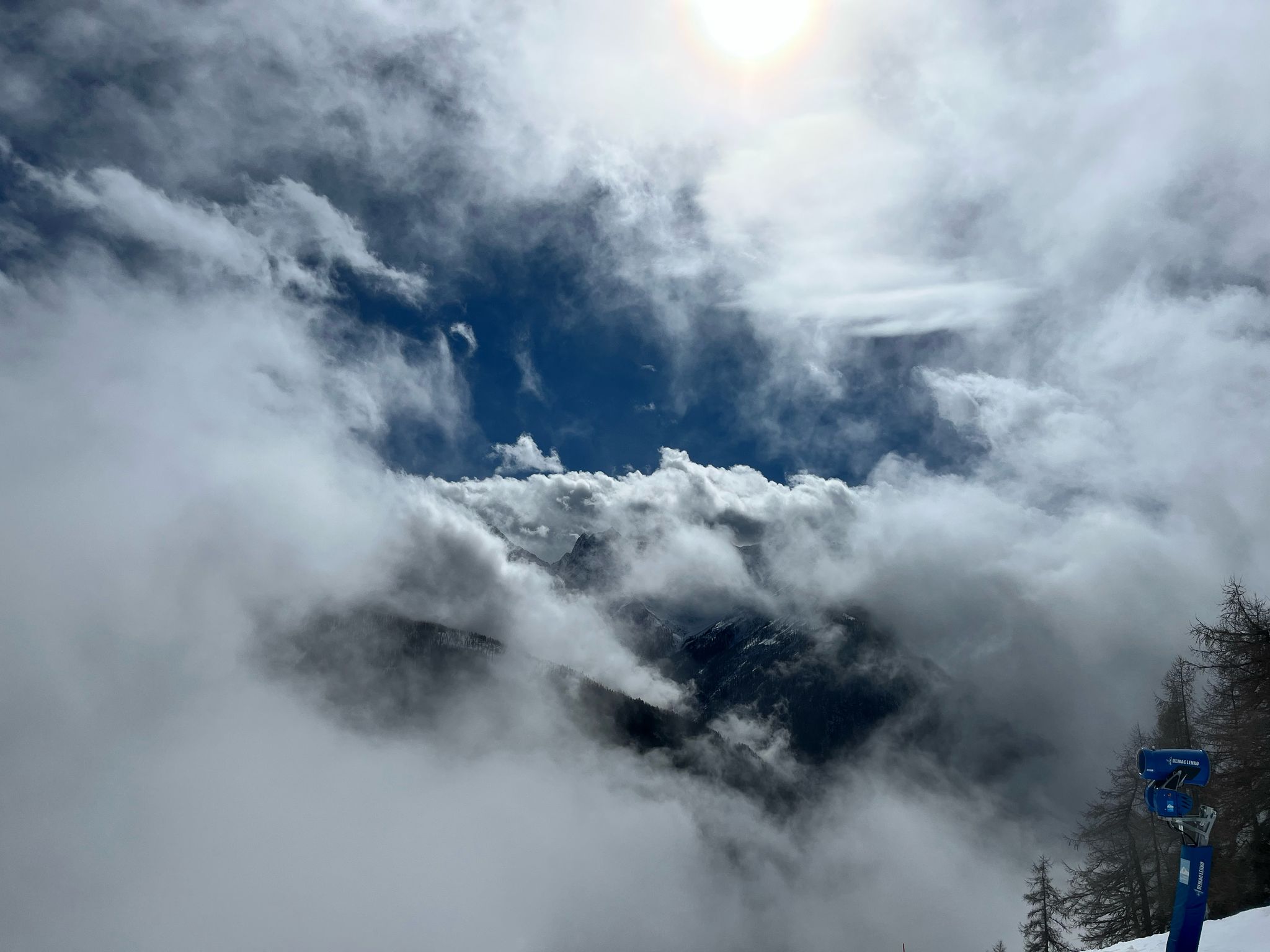
Advanced wetness of snowpack stopped, fresh snow in sight, esp. in north
Last week was marked by variable conditions and advancing snowpack wetness. In that scenario, glide-snow and loose-snow avalanches frequently released. In addition, a persistent weak layer threatens in places on the Main Alpine Ridge and in East Tirol. It will turn wintery again over the next few days, esp. in North Tirol. Fresh snowdrifts will…
-
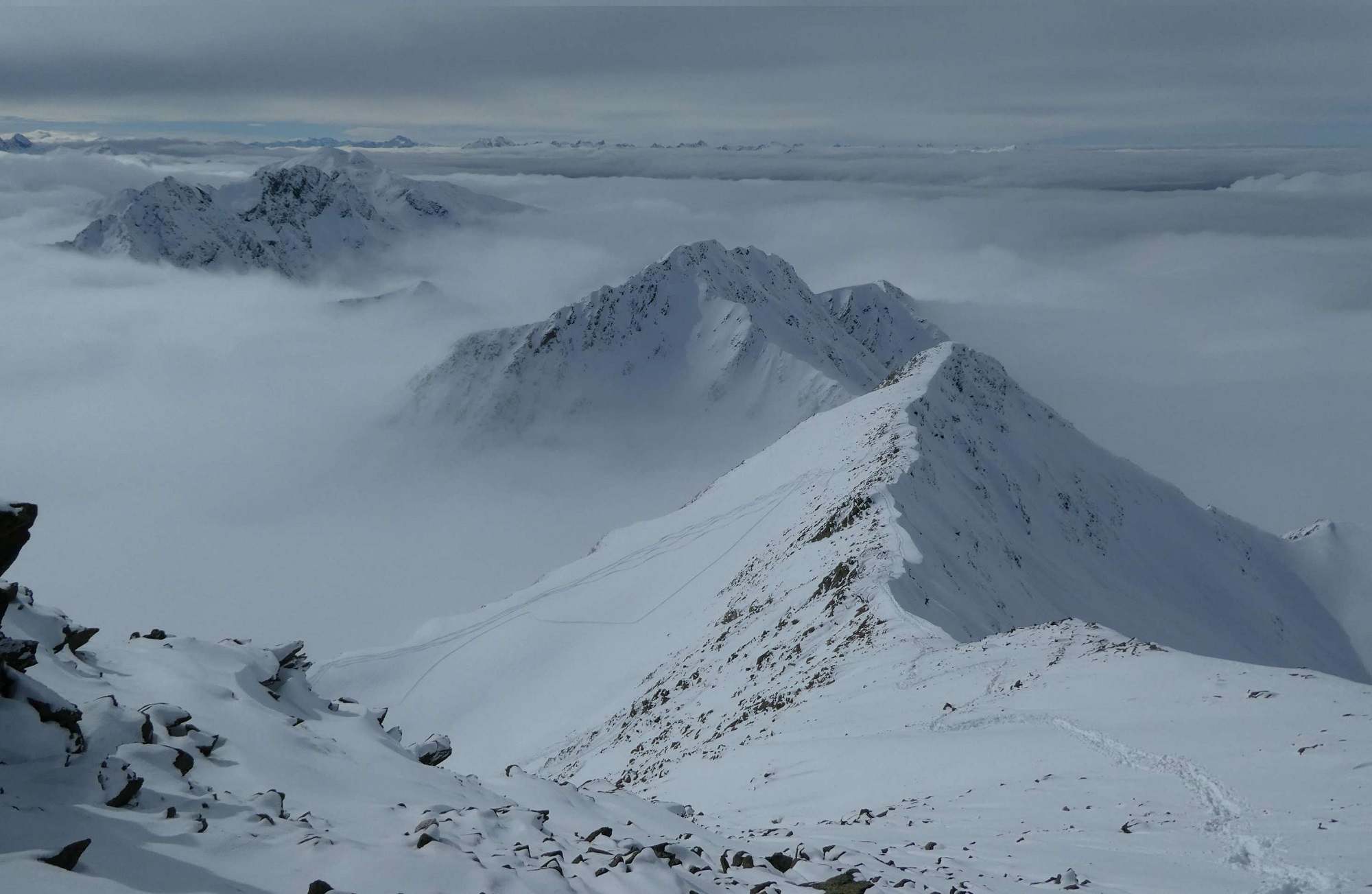
Treacherous persistent weak layer – On weekend southerly air-current full of moisture
Particularly on the Main Alpine Ridge towards the south, weak old snowpack layers are still prone to triggering. Slab avalanches of medium size can be triggered by one sole person in places. Danger zones are difficult to recognize, they occur esp. in little-tracked, shady steep terrain. Defensive route selection is crucial. A weak southern barrier…
-
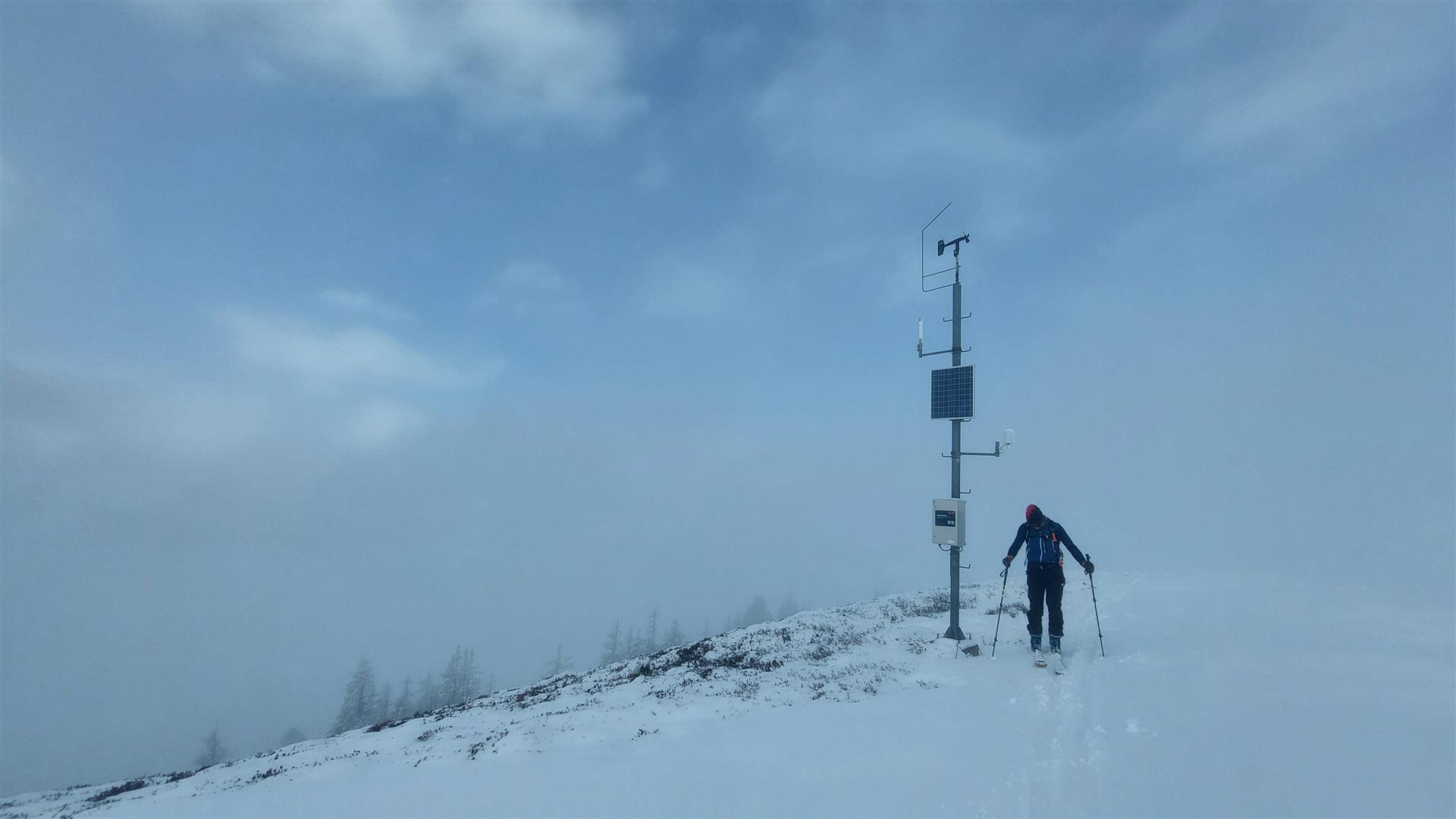
Considerable avalanche danger in major areas of precipitation in the south
Following an unusually long, dry period, weather conditions changed on Sunday, 09.03. Since then, avalanche danger has increased step by step. In the interim, considerable avalanche danger prevails above 2000m in the central Stubai Alps, the northern Zillertal Alps and in East Tirol. Avalanches can be quite easily triggered by winter sports enthusiasts in the…
-
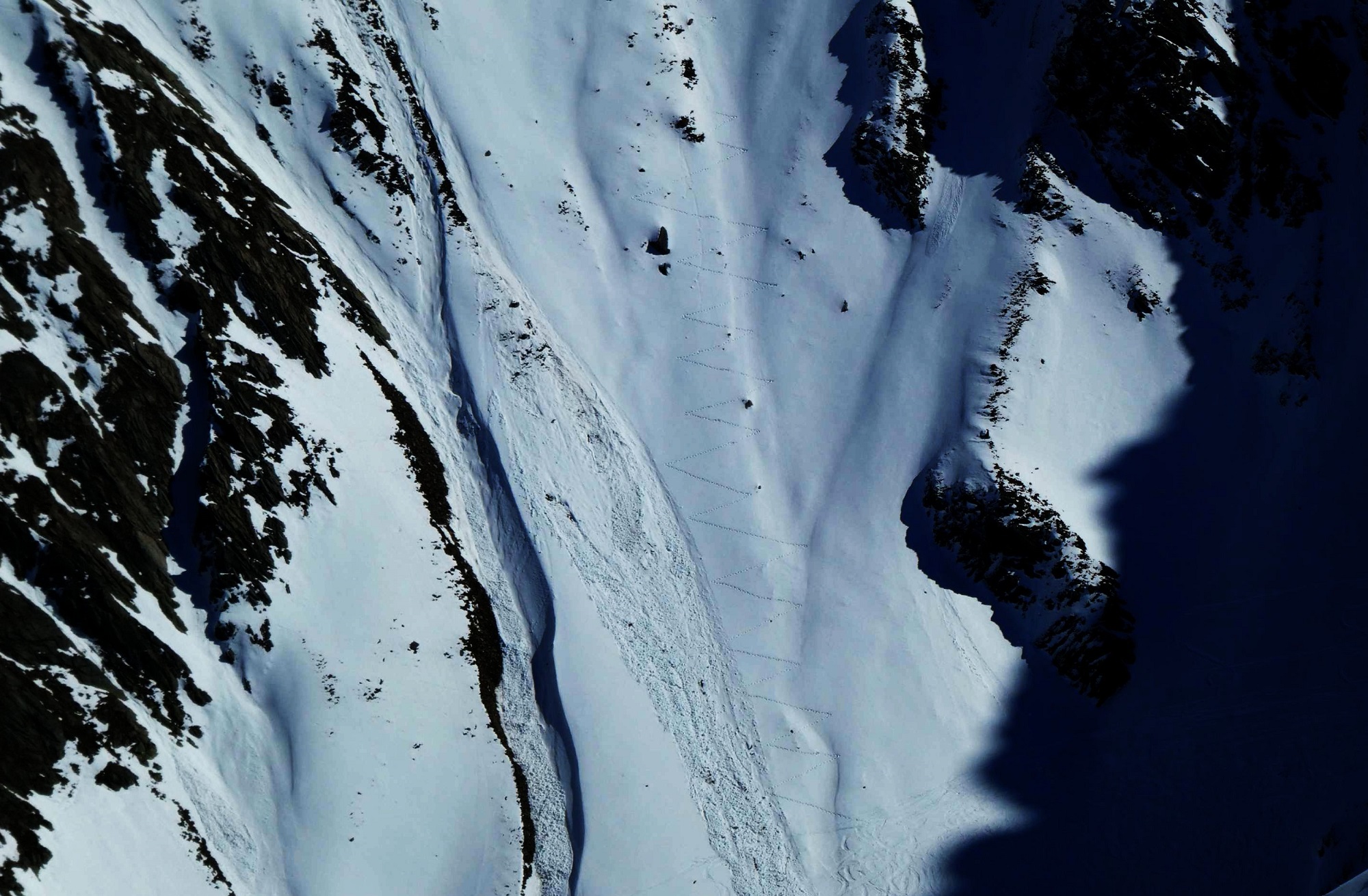
Favorable conditions by and large – slight daytime danger cycle
Isolated fresh snowdrifts prone to triggering lie along the Main Alpine Ridge and in the foehn-exposed regions of North Tirol. Danger zones occur esp. on very steep shady slopes, easily recognized. During the course of the day slightly increasing likelihood of wet glide-snow and loose-snow avalanches on extremely steep sunny slopes due to wet snowpack.…
-
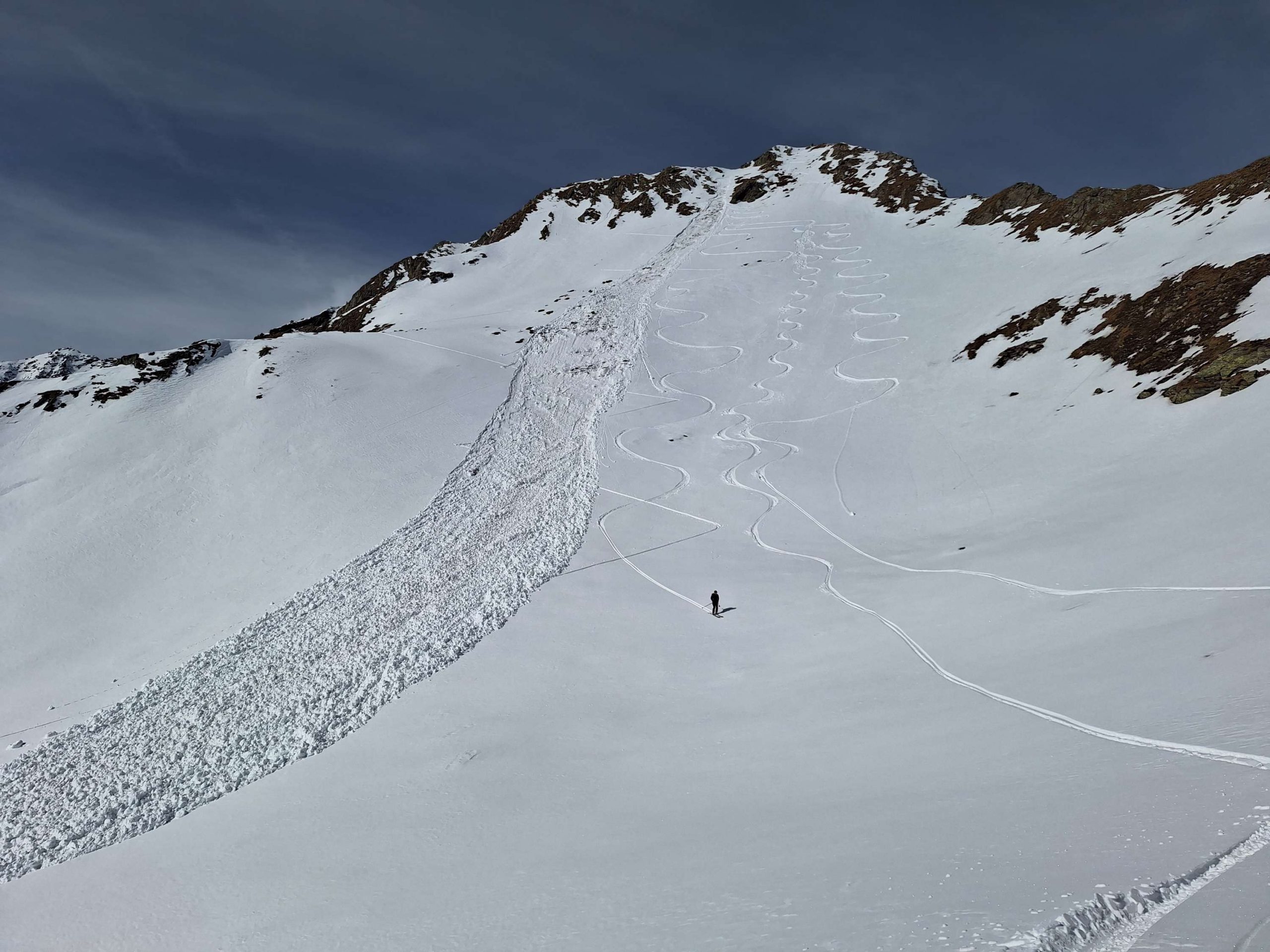
Isolated Danger Zones
Mostly low danger prevailed during this last week, moderate danger regionally. Dominant (contained) problems were snowdrifts and a marked persistent weak layer. Starting Sunday, 2 March, a powerful high-pressure front will move in. Springlike temperatures and often a shallow snowpack on sunny slopes will make the snowpack increasingly moist/wet. When nocturnal skies are clear, firn-snow…
-
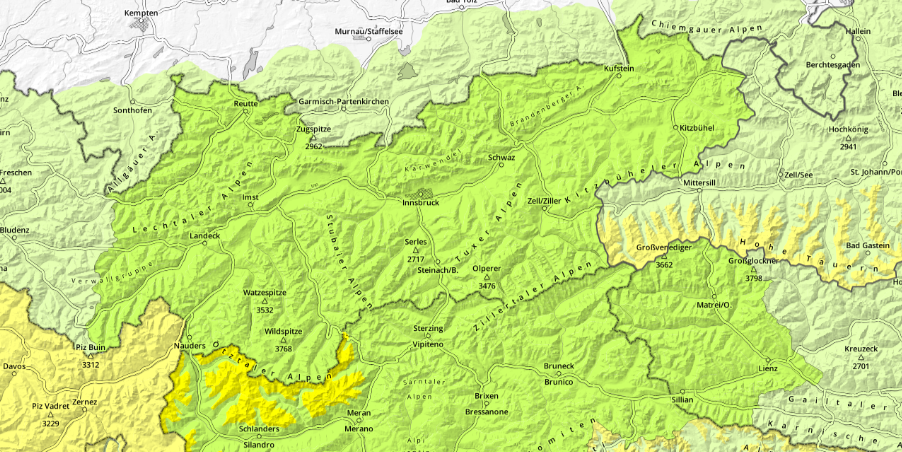
Favorable avalanche situation widespread
For dry slab avalanches only isolated danger zones, esp. on extremely steep shady slopes above 2400m. Due to mild temperatures and solar radiation, likelihood of wet loose-snow slides and glide-snow avalanches to increase somewhat. In general, favorable conditions prevail. Risks of injury from hidden rocks outweigh those of avalanche danger. Few avalanche prone locations in…